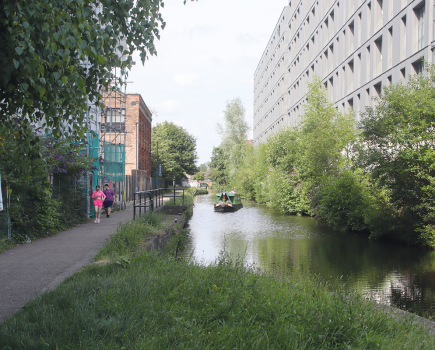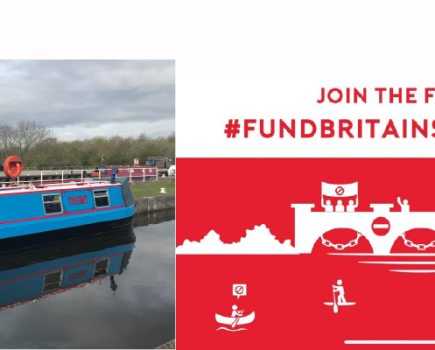Yorkshire’s Aire & Calder Navigation is finally set to go ahead with long-awaited plans for large commercial freight barges
The long-awaited return of large commercial freight barges to Yorkshire’s Aire & Calder Navigation finally looks set to go ahead, following planning approval for a terminal on the outskirts of Leeds.
Until the 1990s the West Yorkshire waterway was busy with barges, carrying coal, oil and gravel. But the ending of coalmining and changes in the aggregates industry saw freight on the main length of the Goole to Leeds route dwindle to zero. By 2014, on the entire Canal & River Trust network there were only three regular heavy freight traffics (as opposed to small-scale operations such as coal and fuel delivered to boaters by narrowboat). CRT launched a project to “determine once and for all whether there is any real potential” for the waterways to play a role in freight carrying, narrowed it down to the A&C and the adjacent Sheffield & South Yorkshire Navigation (both of which could be upgraded to a European standard of 1300 tonnes with some work), and began to look for potential traffics and loading wharf sites.
The result is planning approval for Leeds Inland Port at Stourton Wharf, which could take up to half a million tonnes a year off Yorkshire’s roads, carrying freight directly into the city from the North Sea. CRT is discussing the £3.37m funding with the West Yorkshire Combined Authority, and construction will begin during 2020. Initial loads of aggregates could be followed by container freight and other goods.
Leeds City Council executive member James Lewis said: “Utilising our waterways better to improve the flow of road traffic and cut air pollution is a real step forward in helping to shape the city’s greener, cleaner future.”







